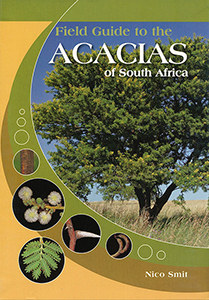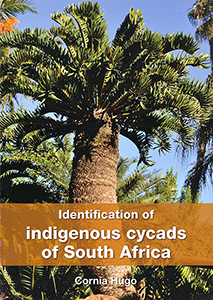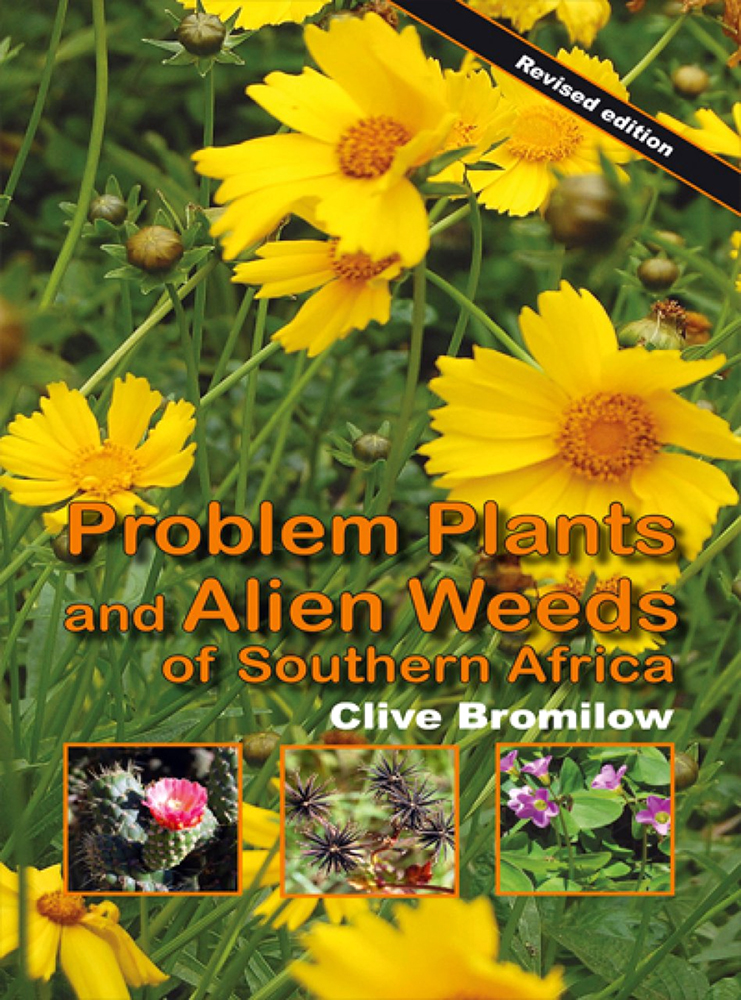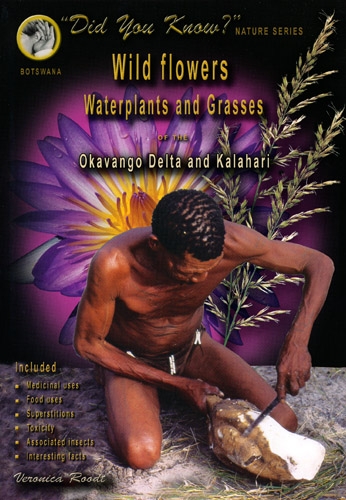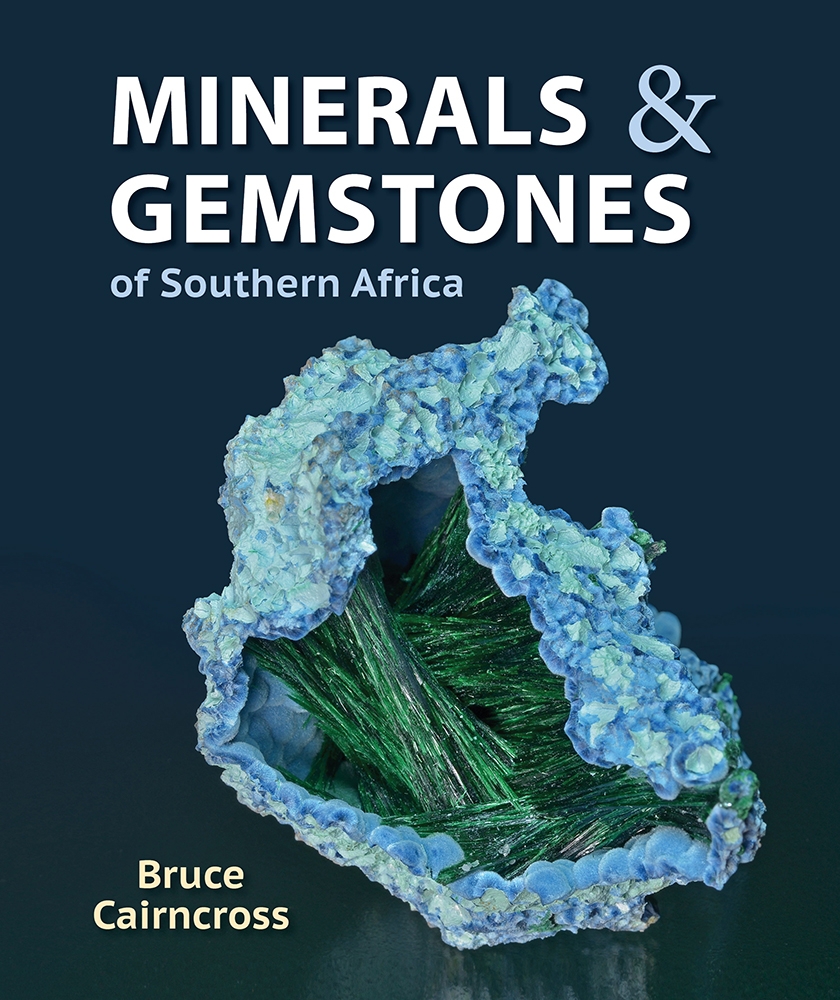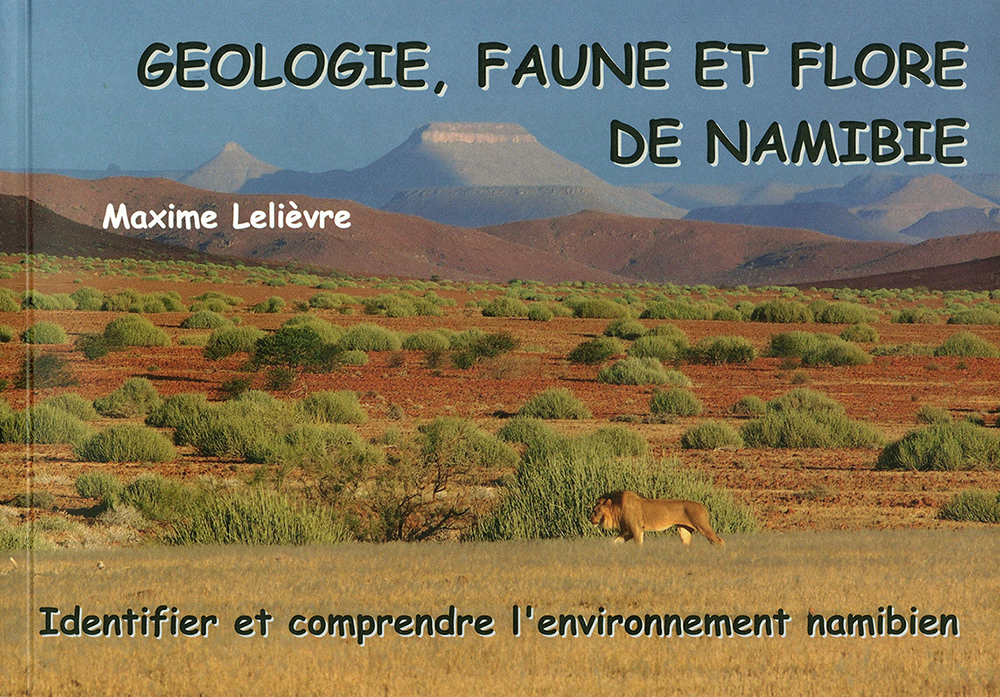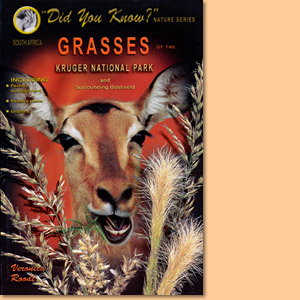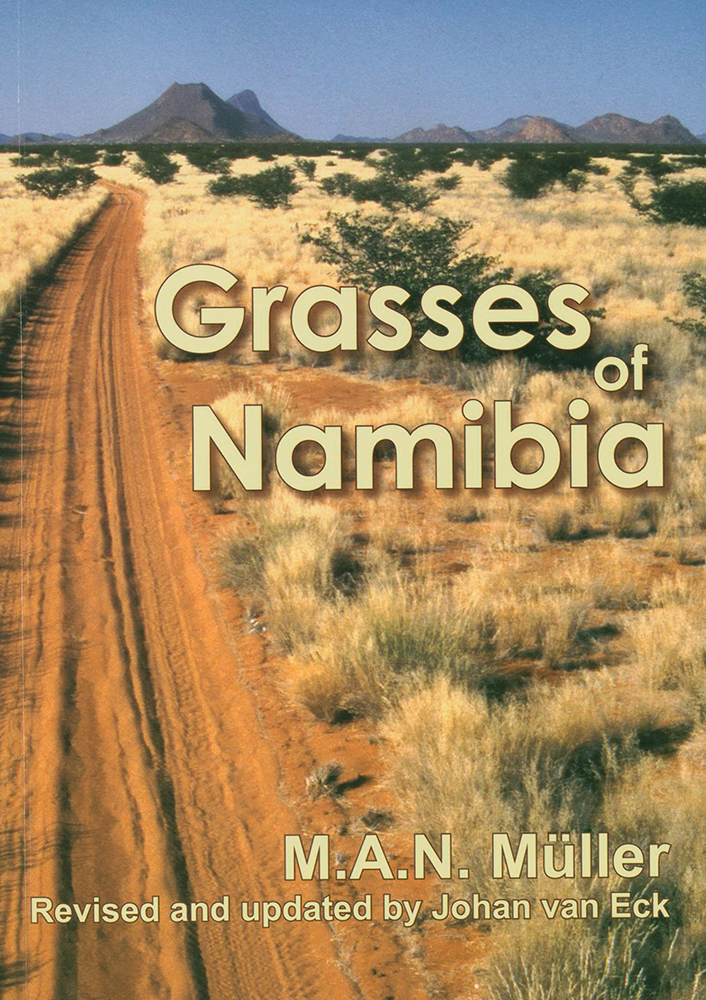Field Guide to the Acacias of South Africa, by G. Nico Smit
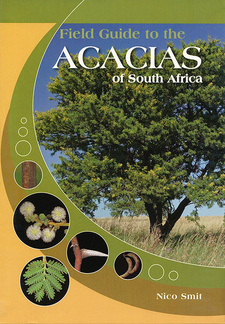
Field Guide to the Acacias of South Africa, by G. Nico Smit. Briza Publications. Pretoria, South Africa 2008. ISBN 9781875093922 / ISBN 978-1-875093-92-2
Professor Dr. G. Nico Smit's Field Guide to the Acacias of South Africa attempts to give an account of all 48 recognised species, subspecies and varieties of the genus Acacia that occur within the borders of South Africa.
These include four newly described species from South Africa, as well as four species which previously formed part of the A. karroo complex. One recognised hybrid is also included. Two pages are devoted to each form, which include high-quality colour photographs, a distribution map and a concise description. The main components of the information are discussed below.
Scientific name (genus, species, subspecies and varieties)
The scientific name of a species is made up of two parts. The first part is the genus name (Acacia in this case) and in writing always starts with a capital letter. The second part is the species name (for example nilotica) which is always written in lower case. The name of subspecies or varieties (which are variants within a species) consists of the name of the species in which it is classified, followed by a word indicating its rank (subsp. or van) then the subspecific or varietal epithet.
Common names
Common names can be confusing since the same name may apply to two or more different species, or the same species may have more than one common name. With few exceptions the common names that are used in this book are given in accordance with Van Wyk, et al. (2008). Briza Publications, Pretoria. The most commonly used names are given first in bold with less frequently used names in brackets.
National Tree Number
These have been proposed as a handy means of marking trees along highways and hiking trails, in nature reserves and recreation resorts, and also as a general quick-reference guide. The National Tree Number of each form is given in accordance with Von Breitenbach (1990) and Van Wyk (2008).
Distribution maps
The distribution of any particular species under natural conditions is determined by limitations in its habitat requirements. Species with a wide habitat tolerance will normally exhibit a wider geographical distribution than species with more specialised habitat requirements. Geographical barriers like mountains may also restrict the natural spread of a species to other suitable habitats. The shaded areas on the distribution maps are presented as a guide to the known geographical distribution of a particular species. The distribution perimeter of any particular species is approximate and it does not indicate specific localities, nor does it give any indication whether a species is evenly spread over the area or occurs only in isolated localities. The distribution maps should always be interpreted with the information given on the specific habitat preferences of that particular species. Since many of the Acacia species are suitable for cultivation as garden trees, it is likely that individuals of many species may be encountered in gardens and on farms outside their normal distribution range. [...]
This is an excerpt from the book: Field Guide to the Acacias of South Africa, by G. Nico Smit.
Title: Field Guide to the Acacias of South Africa
Author: G. Nico Smit
Publisher: Briza Publications
Pretoria, South Africa 2008
ISBN 9781875093922 / ISBN 978-1-875093-92-2
Softcover, 15 x 21 cm, 128 pages, throughout colour photographs
Smit, G. Nico im Namibiana-Buchangebot
Field Guide to the Acacias of South Africa
This field guide includes all 48 recognized and newly described species, subspecies and varieties of the genus Acacia of South Africa.
Weitere Buchempfehlungen
Identification of indigenous cycads of South Africa
This guide is a practical easy-to-use guide for the identification of indigenous cycad species of the genus Encephalartos of South Africa.
Problem plants and alien weeds of South Africa
This revised edition helps recognising, understanding and controling problem plants and alien weeds in South Africa's regions.
Wild flowers, waterplants and grasses of the Okavango Delta and Kalahari
Includes all the common herbaceous (nonwoody) plants, wild flowers, waterplants and grasses of the Okavango Delta, Chobe, Makgadikgadi pans and the Kalahari.
Minerals and Gemstones of Southern Africa
Minerals and Gemstones of Southern Africa introduces to the more important mineral and gem localities from Botswana, Eswatini, Lesotho, Namibia and South Africa.
Géologie, faune et flore de Namibie
Geologie, Faune et Flore de Namibie: Identifier et comprendre l'environnement namibien avec 22 site géologiques, 95 animaux et 38 plantes.
Grasses of the Kruger National Park and surrounding Bushveld
Expert Veronica Roodt introduces grasses of the Kruger National Park and the surrounding Bushveld.
Grasses of Namibia
This is the updated and revised edition of the unique guide to grasses of Namibia that, first published in 1984, describes all species of grasses to be found in Namibia.

